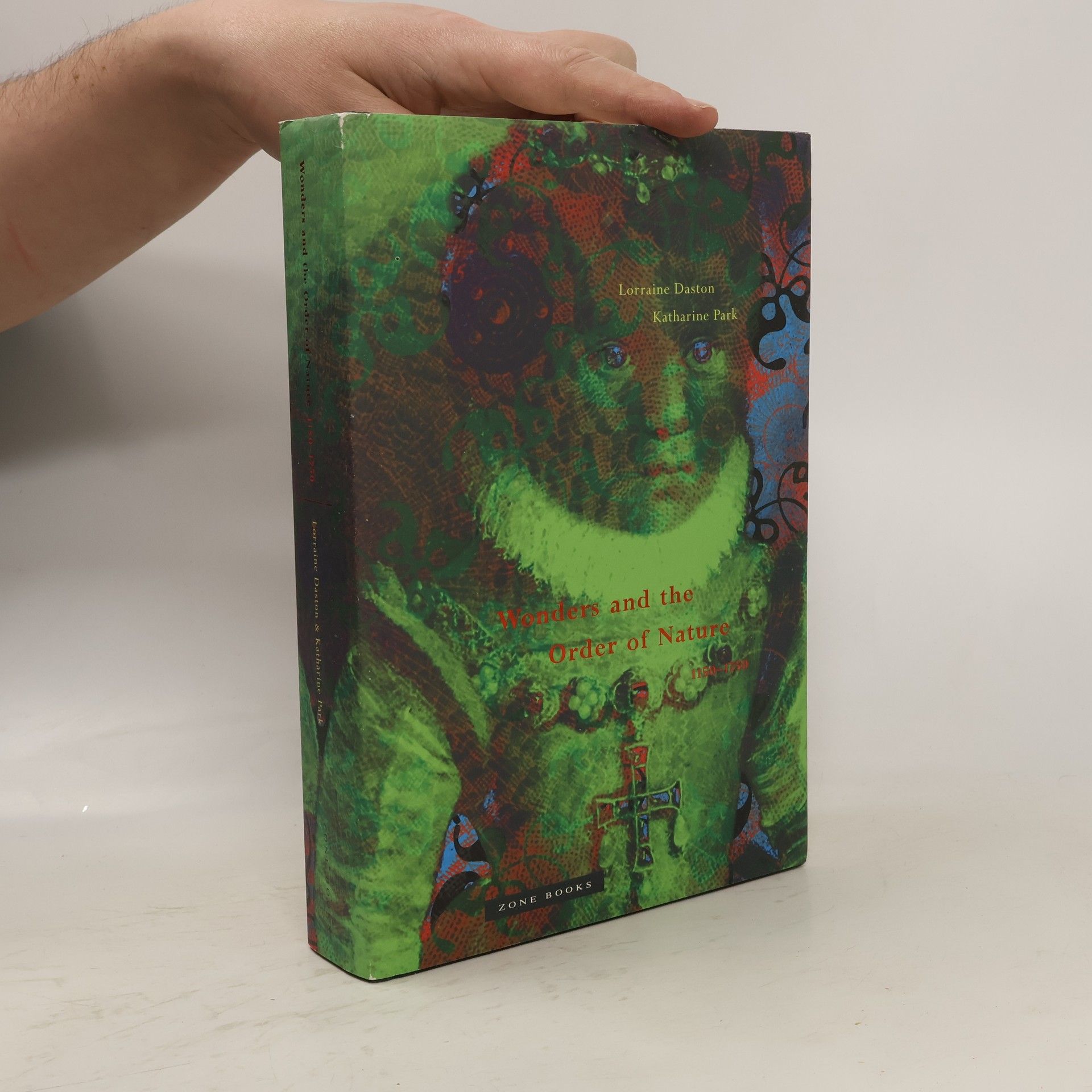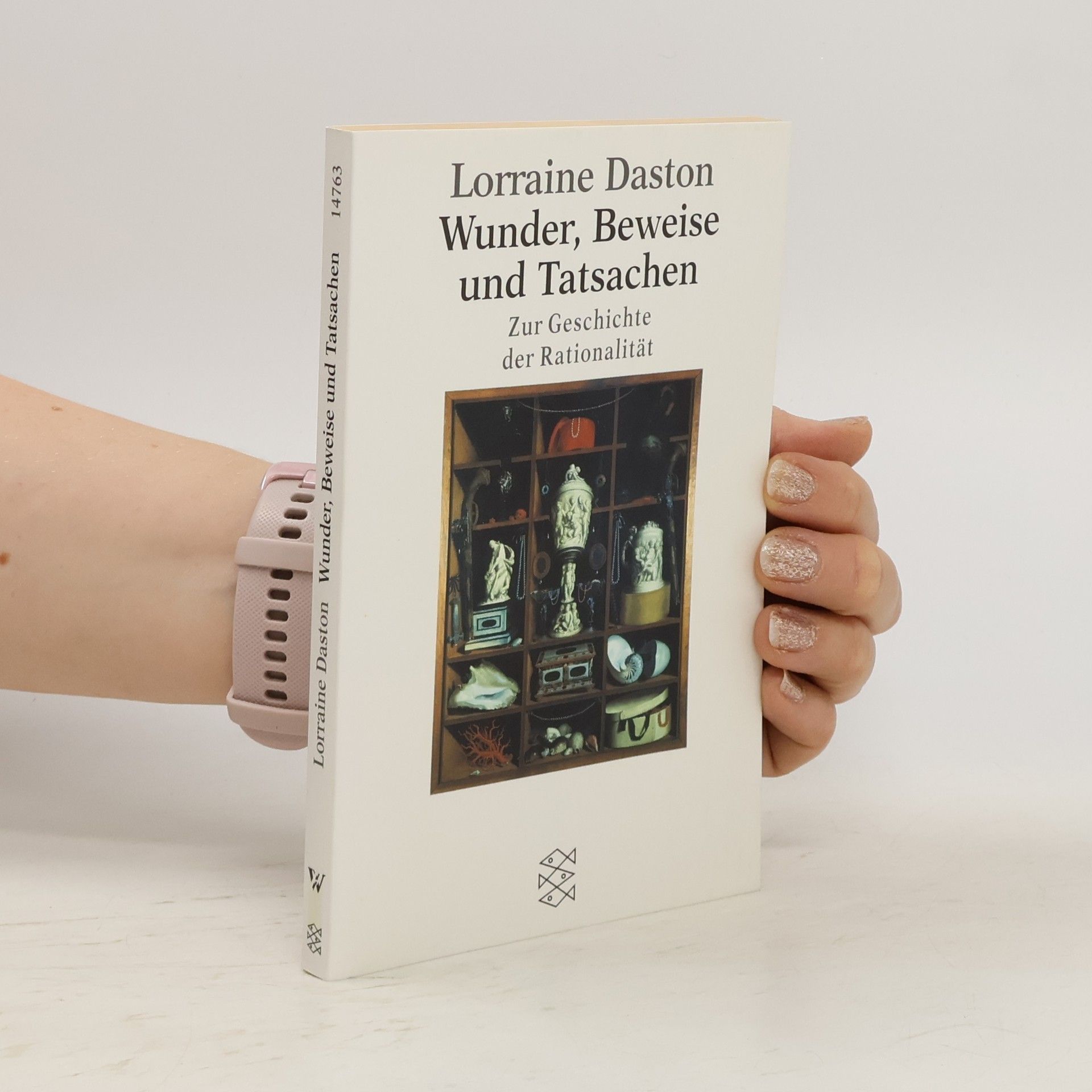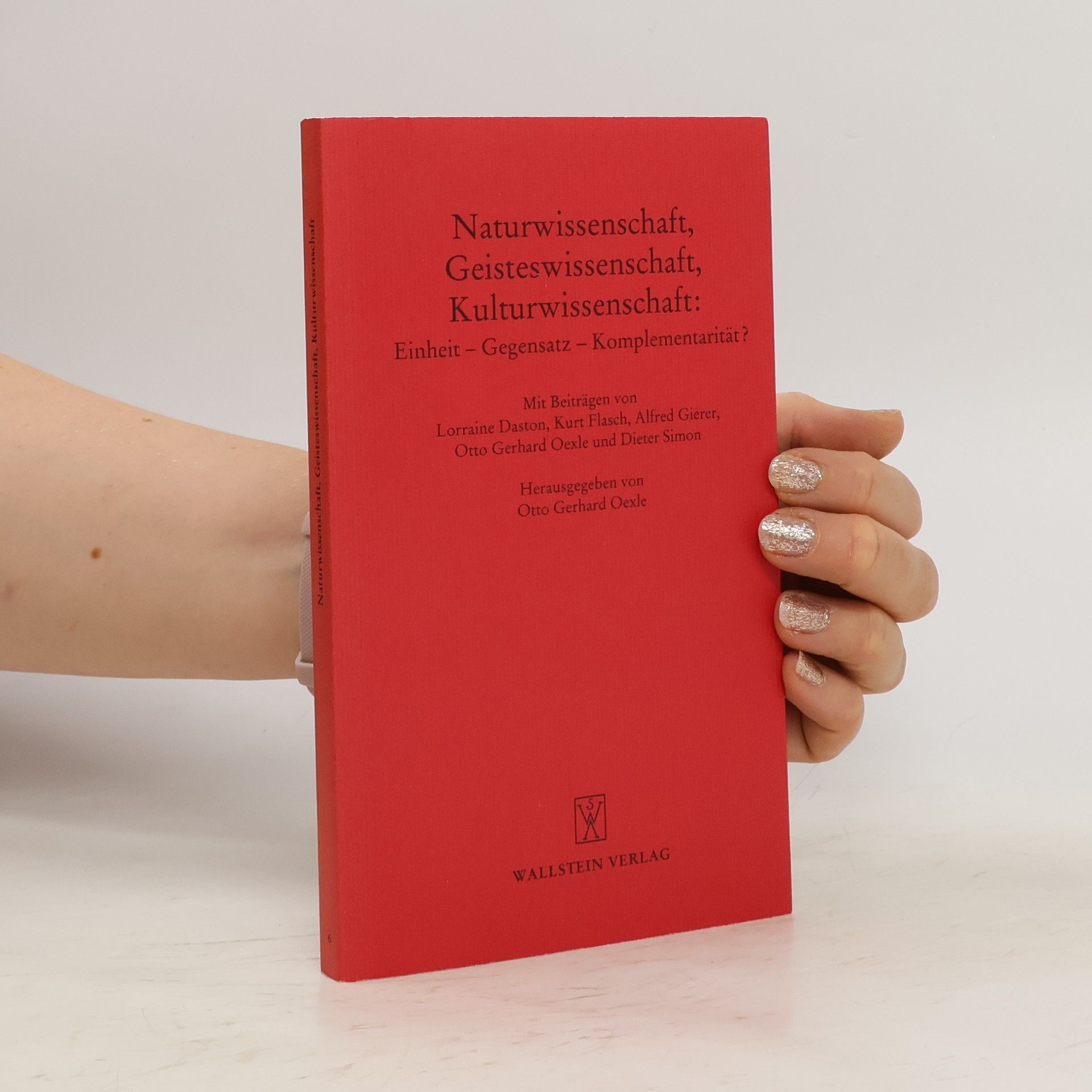This volume documents two conferences held in Berlin and Bologna under the auspices of the European Science Foundation Project Concepts & Symbols of the Eighteenth Century in Europe / Concepts & Symboles du Dix-huitième Siècle Européen. The essays collected in this volume describe a range of Enlightenment attempts to make Nature visible, to give nature a face - and sometimes a body. These efforts spanned natural philosophy and map-making, the opera and the menagerie, ribald satires on learned women and ponderous treatises of natural theology, the garden and the museum. Savants and midwives, monarchs and philosophers, country squires and urban academicians all participated in staging the Enlightenment pageant of nature. The essays draw upon sources in French, German, Italian, English, and Latin and combine perspectives from the history of science and medicine, the history of art and music, as well as from cultural and intellectual history. They show nature on display, nature demonstrated, nature personified, and sometimes even nature speaking, the Enlightenment goddess par excellence.
Lorraine Daston Livres
Lorraine Daston est une historienne des sciences renommée, dont l'œuvre explore le paysage intellectuel de l'Europe moderne ancienne. Elle examine avec expertise comment les idées et les pratiques scientifiques ont évolué, offrant des perspectives profondes sur le développement des connaissances. Sa recherche rigoureuse éclaire la relation complexe entre la pensée, la culture et l'entreprise scientifique. Les travaux de Daston sont essentiels pour comprendre les fondements de la recherche scientifique moderne.






Objectivity
- 504pages
- 18 heures de lecture
The emergence of objectivity in the mid-nineteenth-century sciences, as revealed through images in scientific atlases-a story of how lofty epistemic ideals fuse with workaday practices.
Wonders and the Order of Nature 1150-1750
- 512pages
- 18 heures de lecture
Wonders and the Order of Nature is about the ways in which European naturalists from the High Middle Ages through the Enlightenment used wonder and wonders, the passion and its objects, to envision themselves and the natural world. Monsters, gems that shone in the dark, petrifying springs, celestial apparitions -- these were the marvels that adorned romances, puzzled philosophers, lured collectors, and frightened the devout. Drawing on the histories of art, science, philosophy, and literature, Lorraine Daston and Katharine Park explore and explain how wonder and wonders fortified princely power, rewove the texture of scientific experience, and shaped the sensibility of intellectuals.
Against nature
- 96pages
- 4 heures de lecture
Why have human beings, in many different cultures and epochs, looked to nature as a source of norms for human behavior? From ancient India and ancient Greece, medieval France and Enlightenment America, up to the latest controversies over gay marriage and cloning, natural orders have been enlisted to illustrate and buttress moral orders. Revolutionaries and reactionaries alike have appealed to nature to shore up their causes. No amount of philosophical argument or political critique deters the persistent and pervasive temptation to conflate the "is" of natural orders with the "ought" of moral orders. In this short, pithy work of philosophical anthropology, Lorraine Daston asks why we continually seek moral orders in natural orders, despite so much good counsel to the contrary. She outlines three specific forms of natural order in the Western philosophical tradition - specific natures, local natures, and universal natural laws - and describes how each of these three natural orders has been used to define and oppose a distinctive form of the unnatural. She argues that each of these forms of the unnatural triggers equally distinctive emotions: horror, terror, and wonder. Daston proposes that human reason practiced in human bodies should command the attention of philosophers, who have traditionally yearned for a transcendent reason, valid for all species, all epochs, even all planets
Wonders and the Order of Nature 1150–1750
- 520pages
- 19 heures de lecture
Discusses how European scientists from the High Middle Ages through the Enlightenment used wonders, monsters, curiosities, marvels, and other phenomena to envision the natural world.
Originally a doctoral dissertation submitted to the Department of the History of Science at Harvard University.
In Rules, historian Lorraine Daston traces their development in the Western tradition and shows how rules have evolved from ancient to modern times. Drawing on a rich trove of examples, including legal treatises, cookbooks, military manuals, traffic regulations, and game handbooks.
Wunder und die Ordnung der Natur
- 480pages
- 17 heures de lecture
Seit den siebziger Jahren sind Lorraine Daston und Katherine Park einem schillernden Forschungsgegenstand nachgegangen: dem Wunderbaren. Daß sie sich dabei weder in den faszinierenden Details verloren haben noch in der Fülle des überwältigenden Stoffs ertrunken sind, gleicht selbst schon einem Mirakel - denn ob Basilisken, die mit Blicken töten können, finstere Völker, die jeden Seemann in seiner Landessprache ansprechen und den Verblüfften am liebsten gut gewürzt verspeisen, Magneten, die Eisennägel aus den Schiffen ziehen, Einhörner, die nur von Jungfrauen zu fangen sind oder sagenhafte Herrscher, versunkene Kulturen, wundersame Steine, seltsame Tiere, Hermaphroditen und absonderliche Mißgeburten - es gibt nichts, was die menschliche Fantasie so beflügelt hat, wie eben das, was neu und kaum zu glauben ist. Der ebenso anregende wie atemberaubende Streifzug der beiden Autorinnen durch die Welt des Wunderbaren und Bizarren beginnt bei den ersten Zeugnissen von un- und übernatürlichen Phänomenen in Topographien, Chroniken und anderen Schriften und reicht bis zur Stellung des Wunderbaren bei Medizinern, an Höfen, in der Religion, in der Naturphilosophie und der beginnenden Psychologie der Aufklärung. Denn natürlich wurden Wunder nicht nur bestaunt, sondern auch in Weltsysteme eingebunden und in vielfältiger Weise instrumentalisiert.
Wunder, Beweise und Tatsachen
- 184pages
- 7 heures de lecture
Die Biographie der Athene oder Eine Geschichte der Rationalität · Wunder und Beweis im frühneuzeitlichen Europa · Die kognitiven Leidenschaften: Staunen und Neugier im Europa der frühen Neuzeit · Angst und Abscheu vor der Einbildungskraft in der Wissenschaft · Objektivität und die Flucht aus der Perspektive · Die moralischen Ökonomien der Wissenschaft


